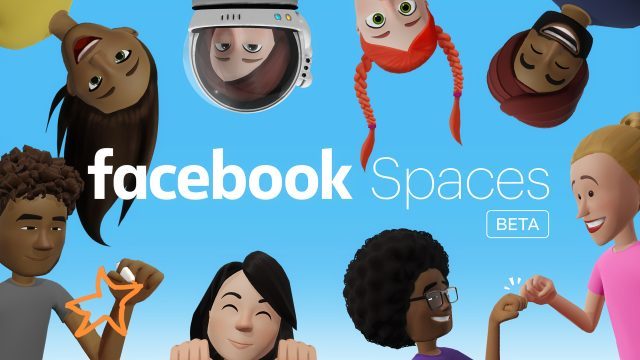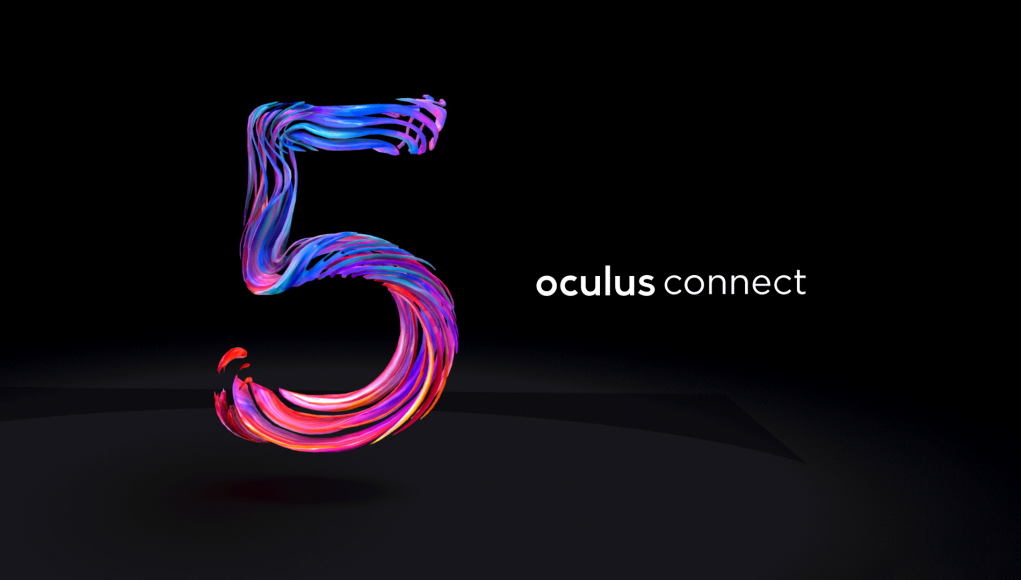New Content for Oculus Rift
Since the launch of the Rift, Oculus Connect has always been a place where the company reveals updates on anticipated content and sometimes announces entirely new content to look forward to. While Oculus Go and Gear VR will surely see some new content announcements as well, big budget Rift titles are often the marquee attraction.
Respawn’s Unannounced “AAA VR Shooter”
 In a surprise announcement at last year’s Oculus Connect, the company revealed that they’d enlisted AAA developer Respawn Entertainment (the studio behind Titanfall) to work on what Respawn has described as a “AAA VR shooter.” Virtually no other information has been revealed about the project, not even a name. This year we expect a proper game announcement, though we don’t expect a release date until 2019.
In a surprise announcement at last year’s Oculus Connect, the company revealed that they’d enlisted AAA developer Respawn Entertainment (the studio behind Titanfall) to work on what Respawn has described as a “AAA VR shooter.” Virtually no other information has been revealed about the project, not even a name. This year we expect a proper game announcement, though we don’t expect a release date until 2019.
Stormland and Defector

Oculus has aggressively funded large Rift productions, and over time the company has been concentrating its funding into a smaller number of more ambitious titles. Hot on the top of mind are upcoming games Stormland (from Insomniac Games) and Defector (from Twisted Pixel), both of which will likely see mention during the Oculus Connect opening keynote, and it seems likely that we could see a release date announcement for both titles.
Lone Echo and Echo Combat

At Oculus Connect last year, the company teased that the story of Jack and Liv—the main characters in the critically acclaimed Lone Echo—wasn’t over. While they stopped short of announcing a new game at the time, it seems probable that the company will have more to say about it this year, possibly culminating in the formal announcement of a Lone Echo sequel.
Furthermore, Lone Echo and Echo Arena developer Ready at Dawn has been hard at work on a multiplayer FPS component to Echo Arena dubbed Echo Combat. The studio has held several open beta periods for the game, so we have a good idea of what to expect already. The game is set for a 2018 launch, but so far there’s no specific release date—something which we might find out at Oculus Connect this week.
Marvel: Powers United VR

Though it launched earlier this year, we expect at least some mention of Oculus’ latest production, Marvel: Powers United VR. The company will likely overview upcoming changes to the game, as the they’ve stated they plan to support it in the long run.
Something from Tender Claws?
Tender Claws is the studio behind Virtual Virtual Reality, a gem of a game which we haven’t been coy about calling “one of mobile VR’s most immersive games yet.” Originally launched on Daydream, the game eventually came to Gear VR and Oculus Go, followed by a launch on PC headsets. The game has received top marks from users reviews across the board, thanks to its compelling interaction design and story.
Earlier this year, Tender Claws teased that they’ve got a new project in the works set for 2019 that’s planned to be a ‘collaboration with Oculus’. It isn’t clear how deep that collaboration might go, or which platforms it would be targeting, but we expect that Oculus might want to tap the studio’s narrative prowess for a title made first and foremost for the 6DOF tracking of Rift and Santa Cruz (whereas Virtual Virtual Reality was originally designed for mobile, even though it worked well enough when ported to PC headsets).
Oculus Connect 5 could be the first time we hear about the next VR project form Tender Claws, but we aren’t holding our breath just yet.
Facebook Spaces

Facebook Spaces is Facebook’s first social VR app (and a pretty good one at that) which launched first on the Rift. It would go on to also become the company’s first cross-platform VR app; a surprising development considering that Oculus has otherwise kept a tight grip on its content ecosystem.
At the launch of the Vive version of Facebook Spaces (late 2017), Facebook’s head of social VR said that Vive support is “only the beginning: We’re working to bring Facebook Spaces to even more VR platforms and devices in the future, so stay tuned.”
Since then, the company hasn’t announced availability on any new platforms, so we expect that Oculus Connect 5 could bring more news in that department, possibly opening the app to the likes of Windows VR headsets, PSVR, and maybe even Santa Cruz.
Facebook has been slowly but steadily enhancing Facebook Spaces. At recent F8 and Connect conferences, developers behind the app have been on hand to tout the latest improvements, and we expect that, alongside the possible announcement of new platform support, we might hear about new features as well.
– – — – –
We’ll be at Oculus Connect 5 this week to bring you the most important news from the conference. Stay tuned!







